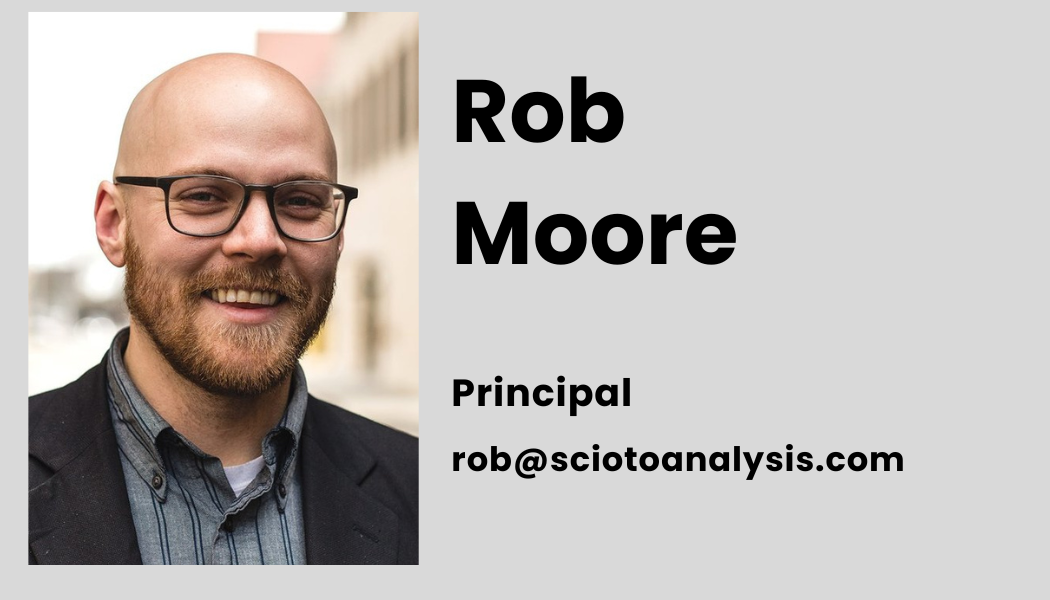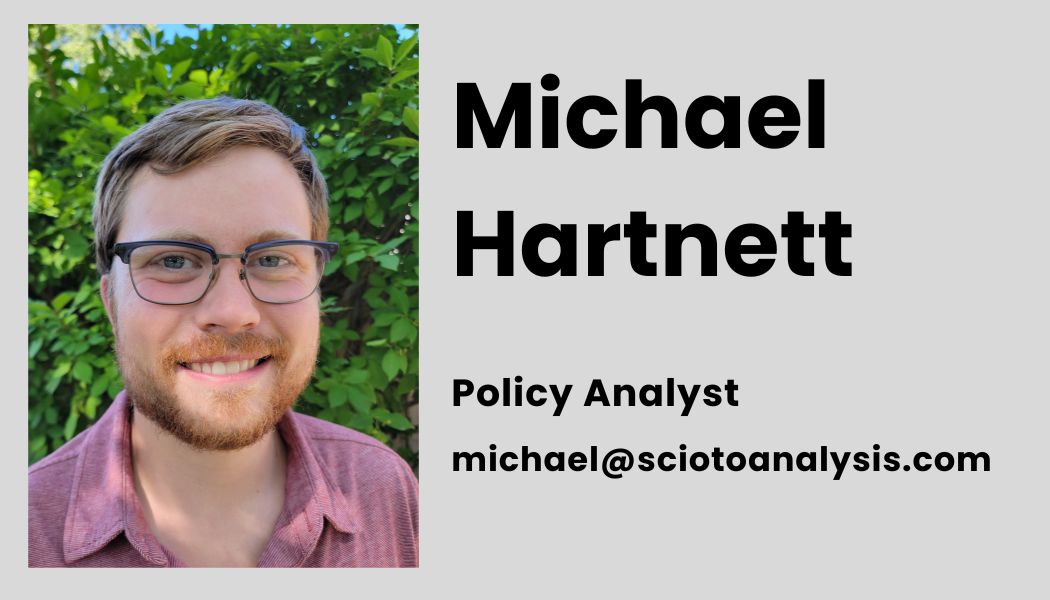Households in the United States spend a lot of money on transportation. According to the bureau of transportation statistics, transportation is the second largest category of household spending behind housing–higher than out-of-pocket medical spending, apparel and services, and food. Additionally, transportation is the largest source of greenhouse gas emissions according to the EPA.
For those of us that are always looking for inefficiencies in society to try and improve, these are two pretty significant red flags. Policymakers tend to agree, and often we look to public transportation as a way of improving economic and environmental conditions.
The thought process is fairly straightforward. If fewer people drive their own cars and instead substitute shared transportation into their lives, we can cut back on costs and reduce emissions.
Broadly speaking, this is a question of a market with an externality and trying to figure out what the best way to correct it is. In situations like this, the two most straightforward policy levers we have to pull are to subsidize public transportation and tax private transportation. Both in theory should make public transportation more appealing to consumers.
In practice, we most frequently see a tax on private transportation via a tax on gasoline while subsidies on transportation come in all shapes and sizes. These policies present a very interesting case study to talk about efficiency and equity in the context of externalities, so let’s examine two of the most bold proposals that some governments have adopted.
Vehicle miles traveled (VMT) tax
A vehicle miles traveled (VMT) tax levies taxes based on the number of miles driven in a year. The VMT tax is an alternative to the gas tax that ignores differences in gas consumption between cars. Because wealthier individuals often have better access to high gas-mileage or electric cars, this prevents the tax from being as regressive. It also helps efficiently price the cost of wear and tear on roads, one of the main reasons car use is taxes in the first place.
In theory, a VMT tax would reduce the number of miles traveled in cars by making those miles marginally more expensive. All else equal, we would expect this lost car travel to be replaced by public transportation, carpooling, walking, biking, or reducing numbers of trips.
One important equity consideration around the institution of a vehicle miles traveled tax is that many people are unable to substitute public transportation because the current infrastructure doesn’t meet their needs. You might think of someone who has to work a night shift after buses stop running.
Another equity consideration is that the number of miles traveled in a year by an individual does not typically increase proportionally with income. So low-income people would still spend a larger proportion of their income on vehicle miles traveled fees than upper-income people. For this reason, a vehicle miles traveled fee would still be regressive, though not as regressive as a gasoline tax.
From a pollution-reduction perspective, this probably would not be as effective at reducing pollution as a gas tax. In fact, if enough people substituted away from electric cars to public buses with gas engines, it could actually worsen pollution. Carbon or other pollution taxes could supplement a vehicle miles traveled fee in order to efficiently price these externalities.
The most interesting question about a VMT is how extra tax revenue would be spent. This is probably the most important question that would determine whether or not this policy would be efficient. After paying for roads, would money be used to upgrade public transportation, to fund other environmental projects, or maybe as a rebate to low income individuals? These options would have different efficiency and equity implications.
Free public transportation
In five months, Washington D.C. will become the largest city in the country to completely eliminate its bus fees. Other cities like Olympia, Washington and Kansas City, Missouri have already done so.
This type of policy is becoming increasingly popular due to the argument that it helps low-income riders. The goal of free public transportation is to increase mobility for people who don’t have access to other transportation and to encourage people who do have access to other transportation to instead use public transportation when possible.
In theory, by reducing the price of public transportation people on the margins would begin to choose it over driving their car. In practice, for there to be much of an impact there would likely have to be an expansion of public transportation infrastructure to match its increasing demand and to make sure that it is far-reaching enough to allow everyone to ride.
From an equity perspective, the program is targeted at lower income individuals. Currently, public transportation is a less expensive way to get around so by making it even less expensive, lower income people will have more discretion with their income. The extent to which it fulfills this goal, however, is up for debate. Many low-income people in a number of categories have subsidized bus passes provided through other public programs. Eliminating bus fares may fill some gaps, but it might not have the equity impact its boosters hope for.
Eliminating fares also targets benefits narrowly on bus riders. Low income people who walk, bike, or use other forms of transportation receive no benefits under this scheme. A vehicle miles traveled fee used to finance a low-income tax credit can theoretically help more low-income people and reduce single-occupancy driving more efficiently and equitably than eliminating bus fees.
—
How state and local governments choose to handle their transportation policy will depend on local factors. If a city already has a robust public transportation infrastructure, then making it free through some sort of progressive tax could reduce equity and pollution.
If there would have to be a big capital investment to make free public transportation equitable and efficient, then maybe those resources could be better spent on some other poverty reduction or environmental project. Either way, by understanding the potential outcomes of certain policies, policymakers can make the best decision for their constituents with the resources they have.










